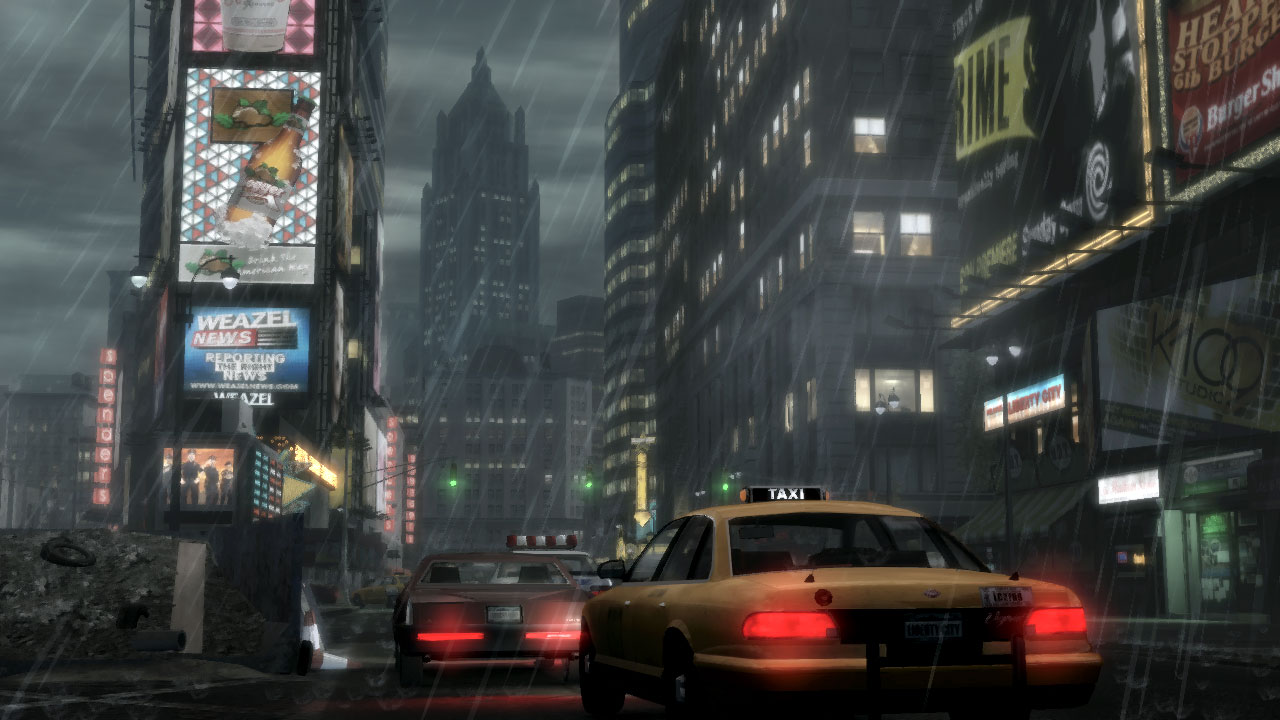“On one level, the world of public events, Cape Kennedy and Viet Nam mimetized on billboards. On another level, the immediate personal environment, the volumes of space enclosed by my opposed hands, the geometry of my own postures, the time-values contained in this room, the motion-space of highways, staircases, the angle between these walls. On a third level, the inner world of the psyche. Where these planes intersect, images are born. With these co-ordinates some kind of valid reality begins to clarify itself” – J.G. Ballard
I brought this passage up today as indicative of a prominent and overarching theme in The Atrocity Exhibition, and although it had no particular questions attached, It might be useful in grounding monday’s discussion on the book’s negotiation of interiority / exteriority, as well as issues of hyperreality raised today.
(re-)read Baudrillard’s “Science Fiction and Simulacra” for Monday – in addition to its ties with The Atrocity Exhibition, we’ll be revisiting ideas of simulation and hyperreality later on; Baudrillard’s article will be working as our common point of reference.
Map-territory relations: the formal title for the concepts introduced at the beginning of class, encompassing both Baudrillard’s and Borges’ notions of what might be called the irreducibility of space: read “On Exactitude in Science”
and to see the same ideas drawn another way, take a minute to navigate a map is not the map
also, CNN’s “the Moment” – in terms of layered images, media, consolodated by a single event
I thought I’d post the question on trauma/temporality as well, derived from a class I had earlier on terrorism and writing:
In a critical analysis entitled “Trauma’s Time”, Aimee L. Pozorski (drawing on the fiction of R. Clifton Spargo) describes the time of trauma as “a time that is paradoxically not the moment itself, but ‘what comes after,’ what will always come after, the ‘afterwardsness or belatedness of trauma itself.”
With this relationship of time/trauma in mind, what elements of futurity (post-trauma?) resonate within Ballard’s text – where is it situating itself temporally in relation to the trauma of its historical moment, and to what effect?
And on a less related note, I’ll be in Irving K on the third floor Thursday between 1 and 4pm, working on a proposal for the film project – if you’re around and are interested, drop by!
!["Belleville", Vasco Mourão [cidade.jpg]](http://3.bp.blogspot.com/_5qrYlZp3an0/SCixdm96vgI/AAAAAAAAAHQ/Dd5DvJ2Oeuw/s1600/cidade.jpg)





